Why Are Periodic Inspections Required, But Proof Testing Isn’t?
Should you consider having proof tests done, or would periodic inspections help you stay in compliance with ASME standards? Before you make your choice, there are some things you’ll want to consider.
“I need to have a proof test for my rigging equipment.”
Mazzella lifting and rigging specialists hear this statement all the time from customers who want to ensure compliance with standards set forth by the American Society of Mechanical Engineers (ASME) and Occupational Safety and Health Administration (OSHA).
However, there’s nothing in those standards requiring regular proof testing of rigging gear. According to ASME B30.9 Slings, the only time proof tests are required are on repaired alloy steel chain slings.
Although there’s nothing in the standards requiring proof tests of other types of slings and rigging equipment, some customers still want them done to “ensure peace of mind.” But did you know that “peace of mind” could come at a greater cost than a periodic inspection?
By reading this article, you’ll learn:
- Proof tests often aren’t necessary
- Limitations with mobile proof tests
- Lifting and rigging equipment is designed for visual inspection
- Why mobile proof tests aren’t recommended
- Mobile proof tests are cost-prohibitive
Proof Tests Often Aren’t Necessary
We have heard from customers, “Well, somebody told me I need to get my equipment proof tested, and we just figured we would do the tests here.” What our specialists see most times is a customer just needs a periodic rigging inspection to be compliant with OSHA and ASME requirements.
Typically, the customers’ needs/concerns can be solved by a conversation with our specialists. In the proposal stage, we’ll figure out whether a horizontal or vertical mobile proof tester would be a better fit.
Then we need to dig deeper to understand the:
- Equipment you want tested
- Sizes and quantities of your rigging gear
- Lengths of the slings being tested
All of this information will help us learn what capacities you have on your rigging gear.
Below-the-hook devices can have complex designs. We need to know if we can rig it properly to conduct a functional test. Even in our below-the-hook department, certain devices require the manufacture of fixturing to properly perform the test.
Limitations of a Mobile Proof Test
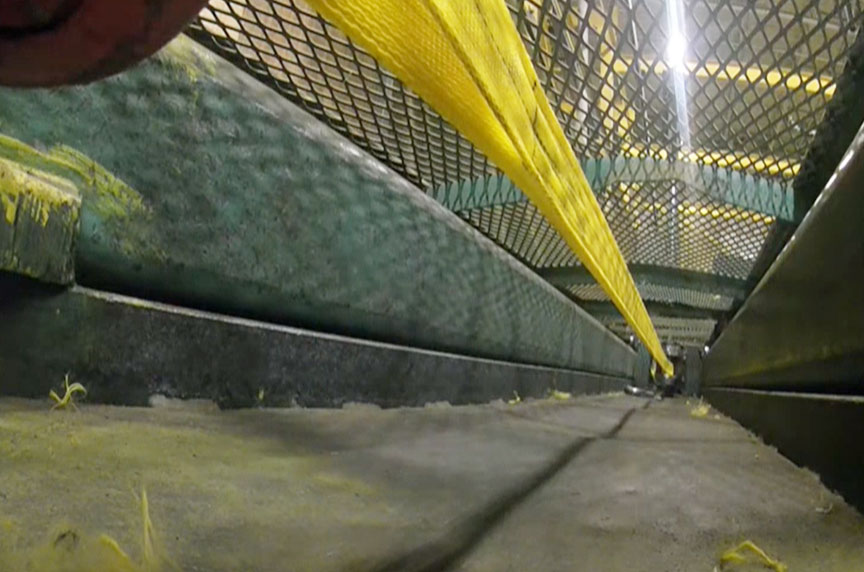
As a manufacturer of slings and below-the-hook devices, the way we proof test internally is different than in a mobile scenario.
Our longest in-house tester can be set up to 125’ with extensions and can apply a force of about 660,000 lbs. If necessary, it could be modified to increase that force during a proof test.
This will allow us to test a 20’ nylon sling that’s going to stretch and test it with no problem. Pins are available in multiple sizes, so you can get the right D/d ratio for your:
- Eye sizes
- Basketing
- Other hitch types
It’s important to remember how slings are proof tested. How are you rigging them up so they’re tested properly?
With alloy steel chain slings, you can’t hook into the body of a leg because the chains aren’t designed to hold two times the capacity in the body without bending or damaging the links. If your mobile proof tester length is 10’ or 15’, what do you do with a 20’ sling leg?
There are a lot of limitations with doing a mobile test, so you really have to inform yourself about the processes of this testing:
- Don’t just assume anything
- Ask questions you might have
- Allow us to answer your questions
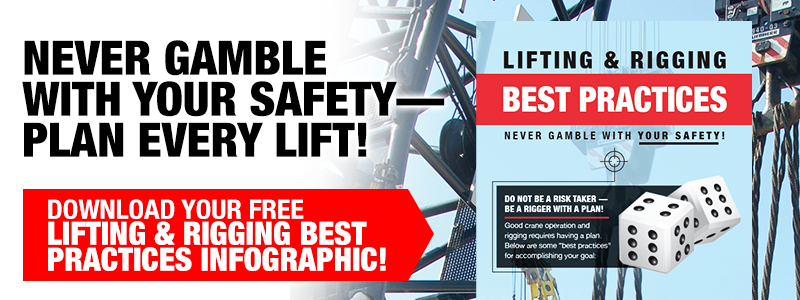
Design for Visual Inspection
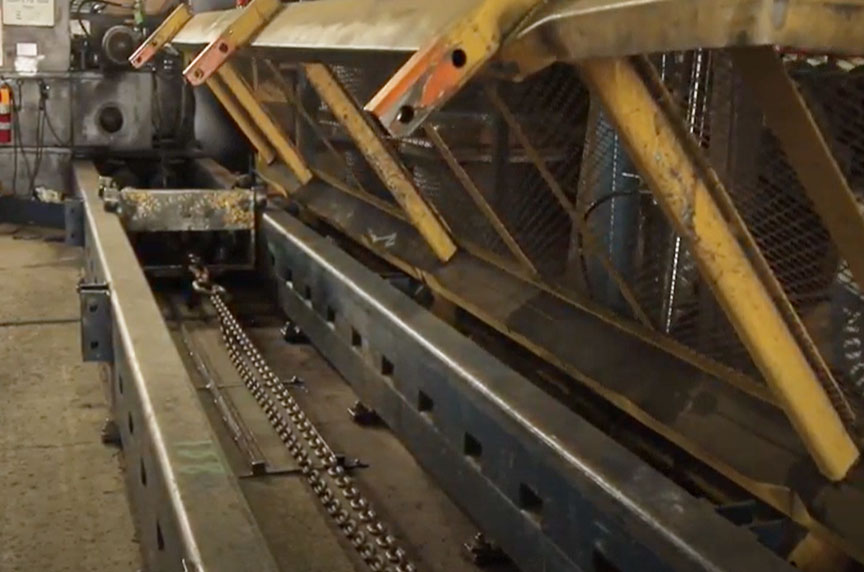
If you believe all of your rigging gear needs proof testing, think first about what you’re trying to accomplish.
If a piece of equipment is in the field, it’s designed to ASME standards to be visually inspected. Before performing that visual inspection, your employees should have received training to spot physical defects.
With alloy steel chain slings, the links are designed to stretch, twist, or bend to give the end-user a visual indication of damage prior to total failure.
Your nylon slings are going to show cuts, or burns, as well as popped or worn stitching.
Twin-Path® slings have warning indication systems.
With the wire rope bridles, you’re looking to see:
- Are the wire ropes broken?
- Do your wire ropes have five broken wires in one strand?
- Does the wire rope sling have 10 broken wires throughout the rope?
Purchasing rigging equipment takes only a few mouse clicks. However, you want to use a company, like Mazzella, that has lifting specialists, or rigging shops where slings are made and tested.
If you’re worried about the quality of your equipment and want peace of mind, maybe you’re not buying the best gear possible. Lean on the specialists, and make sure they understand your applications so you get the correct recommendations.
Why Mobile Proof Tests Aren’t Recommended?
There’s a need for assistance to get the proof testing equipment offloaded, set up, and powered up in a low-traffic area.
We don’t want to be in the middle of a busy hub of activity because while we set up guarding, there’s a break potential for the rigging gear being tested. You don’t want to put your workers at risk from materials leaving the protected area at high rates of speed. Always think safety first.
Also, be prepared for the possibility of losing the equipment we’re proof testing. If you’re having us proof test something you made in-house, you’re risking that piece of equipment breaking or becoming deformed during the test process. We conduct proof testing at 125% the capacity of your device, and the test could cause:
- Breaks
- Deformations
- Other irreparable damage
Mobile Proof Tests Are Often Cost Prohibitive
Before hiring a mobile proof testing service, be sure to understand the factors that could influence the cost.
Those factors include:
- Transportation to/from your facility
- Setup/tear down of equipment
- Troubleshooting
- Downtime
- Potential need for outside services
- Necessary equipment to help with setup/teardown
Our vertical machine is a 50,000-lbs. unit that stands more than 12’ tall. We must unhook it from the electrical supply (440/3-phase), and unplug from the computer software. At the customer facility, it needs to be connected to the internet so it can be functional.
You need a tow motor with long enough forks (between 8’ and 10’) to lift the proof tester and its cylinders off the trailer. This is a time-consuming process, and the price needed to set up for, conduct, and then, tear down after conducting the test is paid by the customer.
We’re here to identify the questions you need to ask and understand why doing a mobile test is a challenge. It’s different than you sending in rigging gear for a proof test. We understand that’s not always possible. However, we want you to consider the following question before ordering a mobile proof test:
Are you going to get what you’re paying for?
Is the Benefit Worth the Cost?
When considering proof testing you want to use on your rigging gear, you should ask yourself one simple question:
How much do I want to pay for a security blanket?
These efforts aren’t inexpensive in any way, shape, or form. If you’re getting a very low price, really look at what you’re receiving.
That’s why our lifting and rigging specialists want to talk you through the process. We want to help you identify whether you need a proof test or periodic inspection.
Call us at 800.362.4601 or click here to speak with a rigging specialist about if a proof test or periodic inspection is what you need.
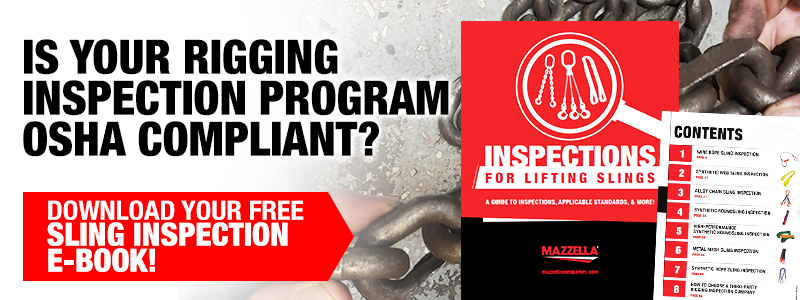
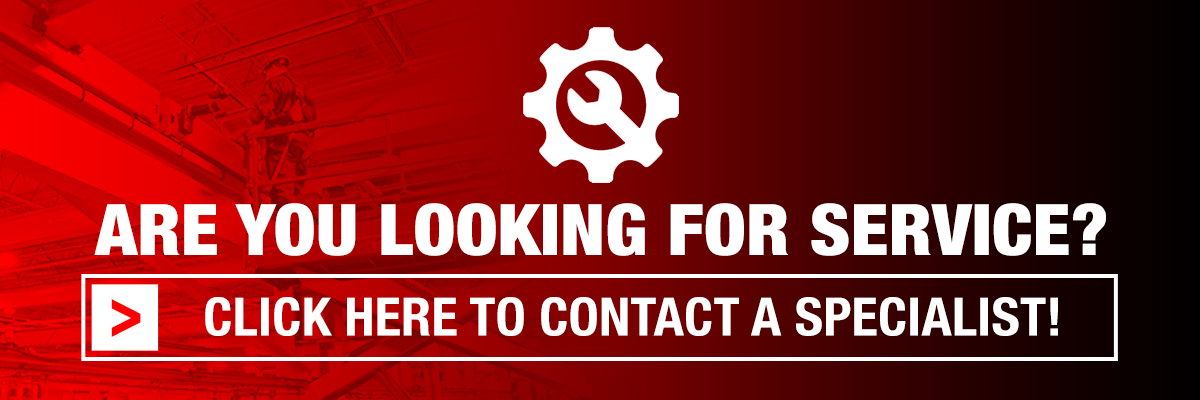
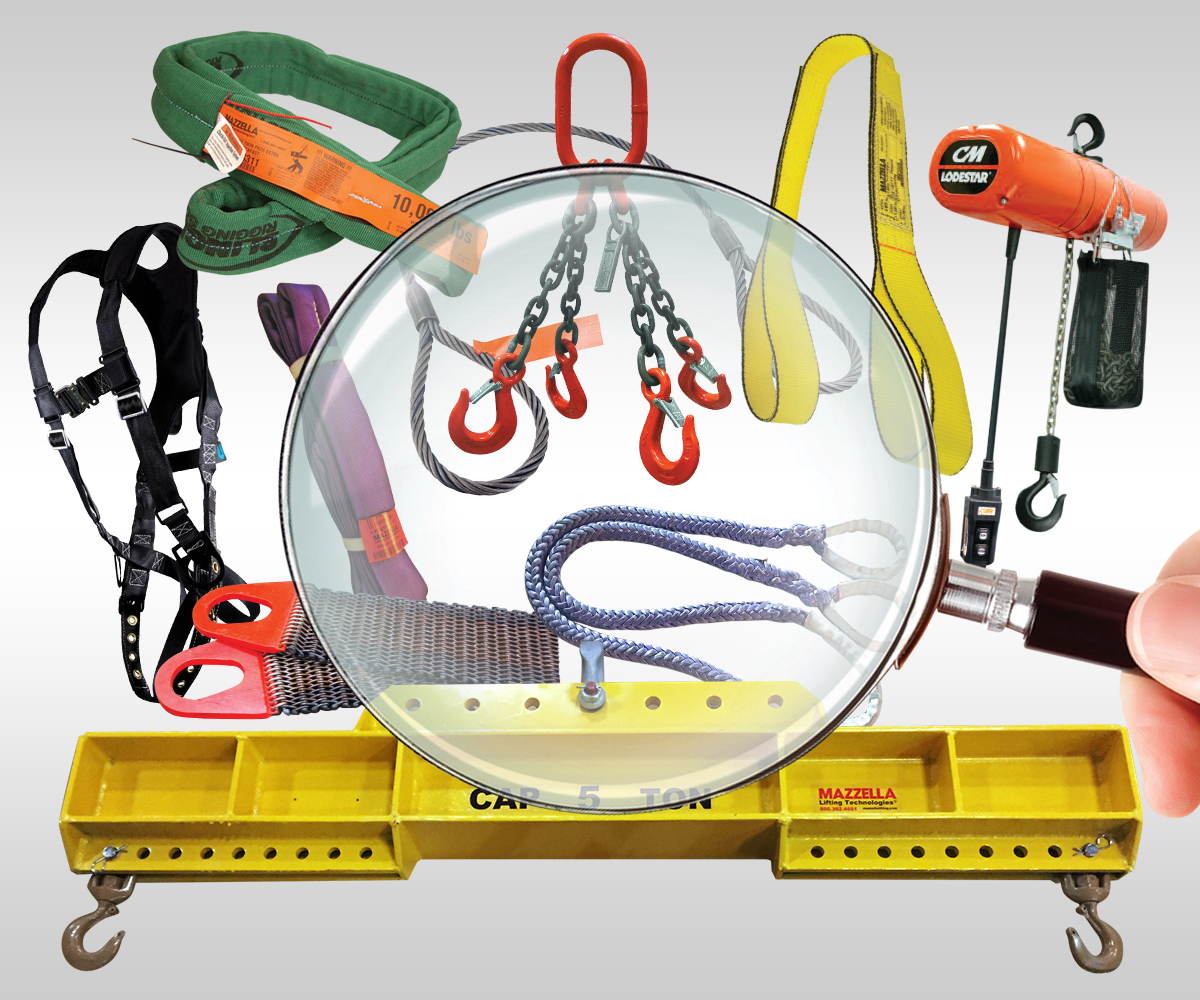
Rigging Inspection Services
OSHA 1910.184, ASME B30.9, B30.20, B30.26, and ANSI Z359 require periodic, documented inspections on slings, rigging hardware, lifting devices, and fall protection every 12 months, at minimum, and monthly to quarterly in more severe service conditions.
Our team of rigging inspectors are certified to make sure your products meet OSHA and ASME requirements.
Copyright 2021. Mazzella Companies.
